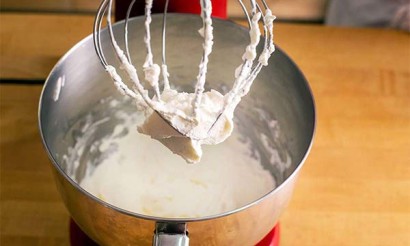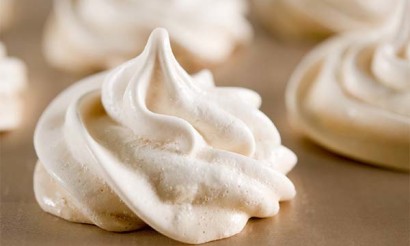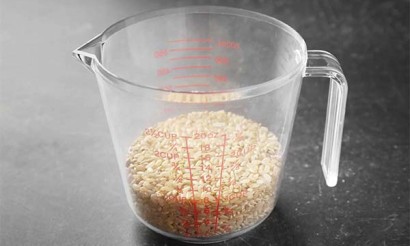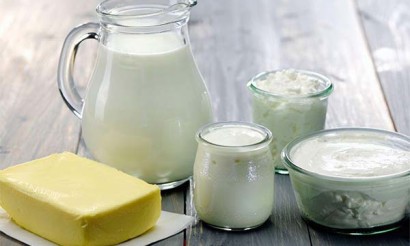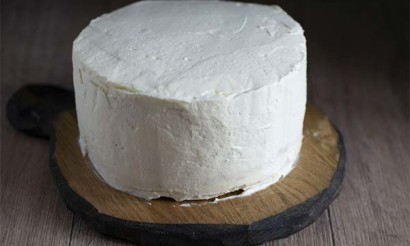How can you tell if the sauerkraut is bad?
Sauerkraut is not without reason so popular. It is used for making first courses and salads and is a source of vitamins necessary during the cold season. At the same time, spoiled product can lead to unpleasant consequences. Therefore, every housewife should know the signs that sauerkraut is better not to eat.
Signs of spoiled sauerkraut
Sauerkraut is an ideal breeding ground for microorganisms that negatively affect its quality. In most cases, it is caused by violation of cooking technology, poor-quality vegetables used for sauerkraut, improper storage conditions. To understand that the product has begun to spoil, you can tell by the following signs:
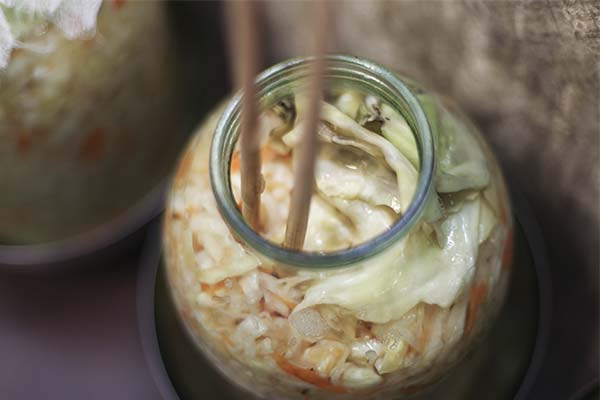
- The appearance of foam indicates that the fermentation process has begun. If this happens at the beginning of the sourdough - it is normal. After about three days, the process should subside. If this process appears later, then this is a warning factor. Some housewives wash such a product and use it for cooking hot dishes, but it is better not to risk it.
- Brine in sauerkraut should be transparent. Turbidity, discoloration, the appearance of mucus indicates that the product is not suitable for eating. It is not worth trying to save it.
- Darkening of sauerkraut can be caused by both physical processes and biological reasons. In the first case, the cause is the use of iodized salt, the addition of large amounts of carrots, etc. Such cabbage can be eaten without fear for their health. In the second case, it is not worth the risk and it is better to dispose of the product immediately. In it began to develop pathogenic flora, which is dangerous for human health. It is not enough to remove the visible part of the fungus. The spores have already infected the entire product and it must be thrown away.
Important! The unpleasant smell is caused by accumulated bacteria. Rotten sauerkraut is not suitable for eating.
If there are no visible signs of deterioration of the product, but there are doubts, you can roast sauerkraut. A little vinegar is added to it and subjected to heat treatment for 20 minutes.
Symptoms of poisoning and first aid
The first signs of poisoning by spoiled sauerkraut may appear both in a few hours and within five days. It all depends on how much of the product was eaten and on the characteristics of the body of the patient. The main symptoms are the same as in other food poisonings.
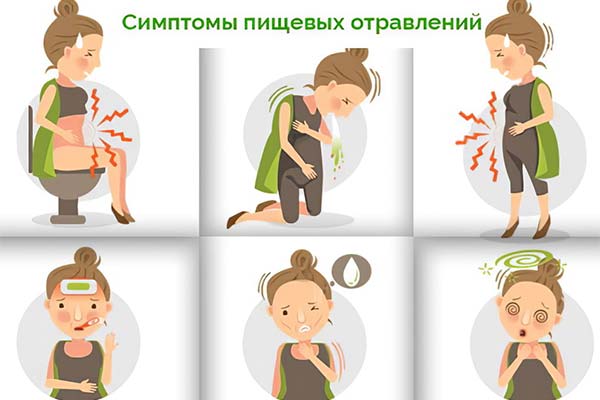
- First of all, nausea, vomiting, bloating of the stomach appear. The temperature may rise. Diarrhea is characterized by watery discharge. Weakness and confusion are felt.
- Individual intolerance to mold may develop anaphylactic shock. Its first sign is a blueness of the nasolabial triangle. In this case, do not hesitate to consult doctors. It is necessary to call an ambulance as a matter of urgency.
- Diarrhea and vomiting can cause dehydration of the body. Poisoning can also sometimes cause cholecystitis or appendicitis. In this case, severe pain in the abdominal area is felt.
Do not self-medicate and hope that it will pass on its own. It is better to seek qualified medical help. But first aid can be given by yourself:
- At the first symptoms of poisoning you need to flush the stomach. To do this, the patient is given warm water in large quantities and vomiting is induced. The procedure is repeated until there is clean water in the vomit.
- Next, it is necessary to take measures to eliminate toxins. Take enterosorbents in the proportions that are specified in the instructions accompanying them. Most often in the home medicine cabinet is activated charcoal. Eating in the first day is undesirable, even light liquid foods.
- At a high temperature take antipyretics.
- With signs of dehydration need to give the patient as much water as possible.
Important! Under no circumstances should measures be taken to stabilize the stool. Toxins will stop leaving the body, and the general condition will become noticeably worse.
Shelf life and conditions
Store the finished sauerkraut in a cool place in a tightly closed container. At a temperature not exceeding 4 ° heat, it does not spoil for 8 months.
If the temperature is from +4 to +10 ° C, the shelf life becomes noticeably less - 5-7 days.
Frozen preserves the longest. It can be used for a whole year, without worrying that the product will spoil.
«Important: All information on this site is provided solely for informational purposes. Please consult with a health care professional before using any of our recommendations. specialist before applying any of the recommendations. Neither the editors nor the authors shall be liable for any possible harm caused by materials."


